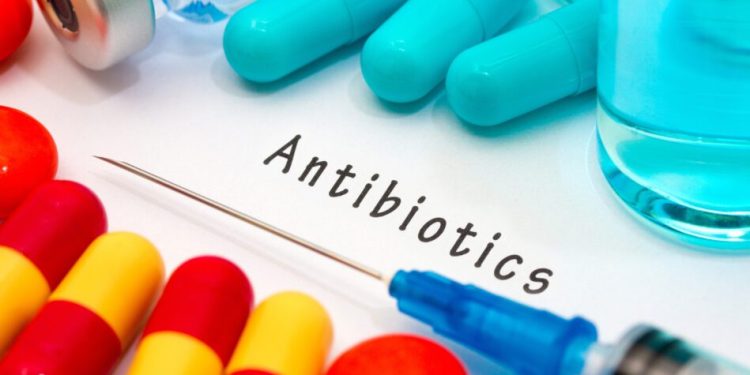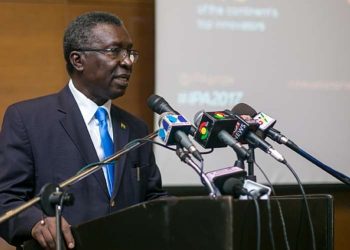The scourge of antimicrobial resistance (AMR) is a pandemic being driven by the human desire for quick recovery when one falls sick.
To facilitate quick recoveries from indispositions, people tend to consume a lot of antibiotics.
Sadly, the love for antibiotics may lead to deaths.
Every time people misuse antibiotics, they diminish their potency for actual use.
This is because the bacteria that an antibiotic is supposed to tackle in the systems are learning, adapting, and outsmarting the human race.
In effect, when people do not reverse this trend, it could lead to a situation where minor injuries cannot be cured, resulting in life-threatening conditions.
The looming threat is that the usual drugs used in managing surgeries and anticancer therapies, among other conditions, can no longer work, and this situation, as it is anticipated, would result in unacceptable dangers due to untreatable infections.
Another aspect of this situation is the likely economic implications.
It means that more expensive drugs would have to be imported to manage some of the conditions, a development that would lead to preventable mortalities from infections that are presently manageable.
What can be done?
The solution requires a ‘One Health’ approach, which is a principle central to education at the University of Health and Allied Sciences (UHAS) in Ho.
It means empowering healthcare workers with rapid diagnostic tools so they can precisely prescribe drugs and reduce the incidence of guesswork.
It means public campaigns that help citizens understand that sometimes the best medicine is no medicine at all.
In effect, people need to be innovative.
For example, the pharmaceutical industry should be encouraged to work with public universities, such as UHAS, so that in a concerted fashion, these institutions can invest in critical research that will lead to new drugs being produced.
Besides that, the public must all be vigilant.
For example, Ghana must strengthen national surveillance to track resistant bacteria.
Put differently, the country needs to have an early warning system for this slow-moving pandemic.
But none of these actions could happen without one crucial ingredient, which is awareness.
This is where the role of the media becomes critical, for the mass media has the power to transform this complex scientific issue into a relatable human story.
The media can highlight the doctors fighting untreatable infections in local hospitals.
The media can also investigate the pathways of resistance from the farm gate to the dining table and provide the platform to researchers and patients whose stories can influence the people to shake things up.
Most importantly, the media can keep the pressure on policymakers to fund and implement national action plans that could help ameliorate the negative effects of AMR.
Of course, practitioners would like to be on the proverbial battleground with the media to fight this scourge.
Practitioners see the challenge ahead, and it is challenging.
Even so, practitioners also see a profound opportunity for prevention.
By giving issues on AMR prominent coverage, the media can then play an indispensable role in safeguarding the health of people.
This silent pandemic needs a loud voice.
The writer is a Level 400 student of Biochemistry and Molecular Biology at the School of Basic and Biomedical Sciences, University of Health and Allied Sciences.
By FRIMPONG KWADWO ADU-AGYEI
Kwadwofrimpong3002@gamil.com













